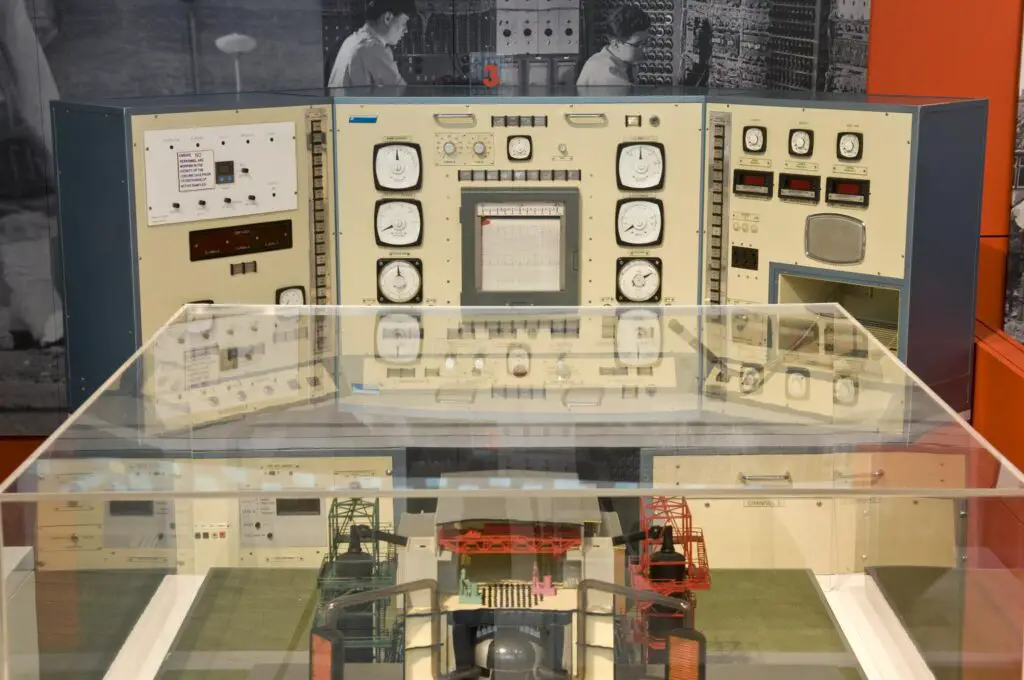It might not seem like the safest spot, but a 17th-century building in Greenwich, a town in southeast London, England, once contained a working nuclear reactor that remained largely unknown to the public.
The nuclear reactor was nicknamed “JASON” and was located in the King William Building within the Old Royal Naval College in Greenwich. The building was constructed between 1696 and 1712 and is a Grade 1 listed building in the United Kingdom, meaning it has exceptional national, architectural or historical importance. It is now part of the University of Greenwich.
The Old Royal Naval College, where the reactor was located, was the main site for training Royal Naval officers until 1998 and is a part of the Maritime Greenwich world heritage site.
“JASON” was an Argonaut series, 10-kilowatt nuclear reactor used for training and education purposes in the naval nuclear submarine propulsion program. Argonaut stood for Argonne Nuclear Assembly for University Training. The Argonaut series of reactors were designed for nuclear research, experiments, and teaching nuclear reactor theory. They were built at Argonne National Laboratory outside Chicago, Illinois.

The reactor was installed secretly in 1962 in the King William’s Quarter building’s basement and ran until 1996, when it was decommissioned. It was about 12 feet tall and surrounded by more than 300 tons of steel and concrete.
The decommissioning and dismantling of the reactor took three years, from 1996 to 1999, because the concrete and steel had become gradually irradiated and needed careful disposal. When the King William’s Quarter building was listed as a Grade 1 building in 1973, there was no mention of a nuclear reactor in the basement since the information was still classified as top secret.
Even when Maritime Greenwich was named a UNESCO World Heritage Site in 1997, the general public largely did not know it had even been operating there. There is no trace of the reactor left from its original spot in the building today.
Sources: Historic England, Ingenia.org, Concrete Renovations UK


